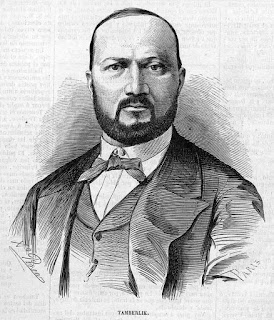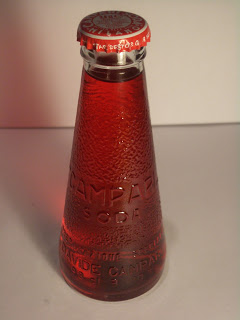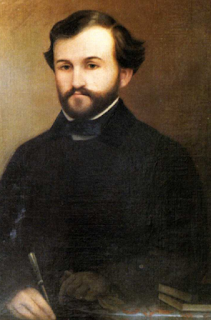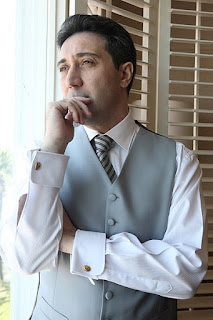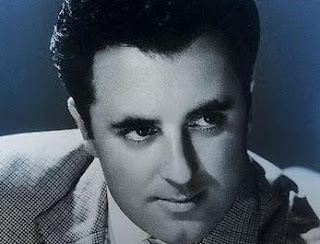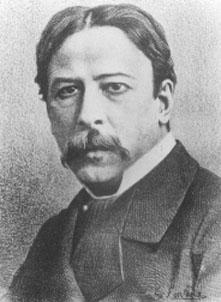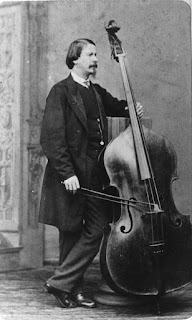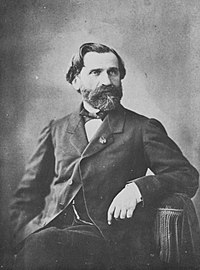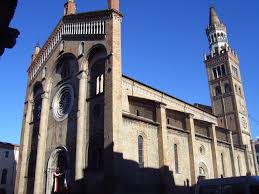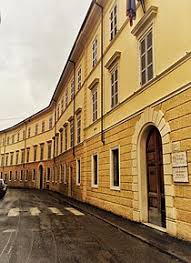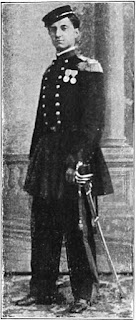Singer renowned for his interpretation of Rigoletto
One of the most famous baritones in the world, Leo Nucci, was born on this day in 1942 in Castiglione dei Pepoli, a small town south of Bologna and, since making his stage debut in 1967, has been delighting opera audiences for more than 50 years..jpg)
Leo Nucci's voice has maintained
its power even in his 70s
The singer has performed his signature role of Giuseppe Verdi's Rigoletto more than 500 times all over the world. He had planned to retire in 2020, but changed his mind during the first Covid-19 lockdown when the area around his home near the city of Lodi was declared a red zone and subject to the toughest restrictions imposed by the Italian government.
He has said that he lost colleagues and friends to Covid and had the opportunity for reflection while he remained at his home, listening to the sounds of nature, broken only by the sirens of hundreds of ambulances taking victims of the virus to hospital. It was then he realised he ought to move forward in his career and play his role as a singer fully in order to be useful to others.
At the start of his career, Nucci studied with Giuseppe Marchese and won several singing competitions. He first appeared on stage in Spoleto as Figaro in Gioachino Rossini's Il barbiere di Siviglia. He then joined the chorus of La Scala in Milan. He made his solo debut there in 1975 when he again played Figaro.
He quickly became an international star and made his debut at London’s Royal Opera House in 1978 as Miller in Verdi's Luisa Miller. He played Renato/Ankerstrom in Un ballo in maschera, also by Verdi, at New York’s Metropolitan Opera in 1980. He then played the same role at the Paris Opera in 1981.
.jpg) |
| Nucci in his signature role, Rigoletto, which he has performed more than 500 times |
He is married to the soprano Adriano Anelli, with whom he has a daughter. They first met in La Scala’s restaurant and, three and a half years after they were married, they appeared in Rigoletto together.
After lockdown restrictions were lifted in Italy, Nucci returned to the stage at the age of 78 in Verdi's La traviata, which was performed at La Scala and at the Arena di Verona.
He has been a trombone player for many years but more recently has learnt to play the cello. He has also embarked on directing the staging of operas, drawing on his years of performing experience.
Travel tip: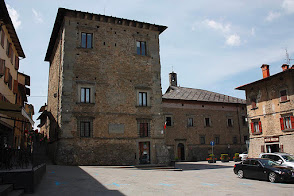
The Palazzo Pepoli in Castiglione dei Pepoli
dates back to the late 15th century
Castiglione dei Pepoli, Nucci's place of birth, can be found about 55km (34 miles) south of Bologna in Emilia Romagna, at the foot of Monte Gatta, in the Bolognese Apennines, on the border with Tuscany. It enjoys spectacular views over the valley of Brasimone. The small town takes its name from the noble Pepoli family of Bologna. At the centre, a small medieval square features the ancient Palazzo Pepoli, built towards the end of the 15th century, which is now the municipal administration headquarters. On the opposite side of the square stands a beautiful clock tower built in 1724. According to legend, the nearby Santuario della Madonna di Bocca di Rio was built in the place where, in 1480, two shepherds had an apparition of the Virgin who asked them to erect in that forest a temple in her honour. The sanctuary has become a destination for pilgrimages from all over Italy.
Travel tip: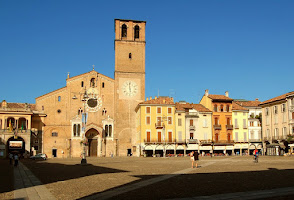
Piazza della Vittoria in the centre of Lodi is
rated one of Italy's most beautiful squares
Lodi, the city in the area where Nucci made his home, is in Lombardy, about 45km (28 miles) southeast of Milan and on the right bank of the River Adda. The main square, Piazza della Vittoria, has been listed by the Touring Club of Italy as among the most beautiful squares in Italy and it has porticoes on all four sides. Nearby Piazza Broletto has a 14th century marble baptismal font from Verona. Notable buildings include the 12th-century Romanesque cathedral, the 15th century church of the Incoronata. Lodi is an important agricultural and industrial centre noted for cheese, ceramics, wrought iron, and wool products. Historically, it is famous for being the scene of the first major battle led by the young Napoleon Bonaparte, who defeated the Austrians in the Battle of Lodi in 1796.
Also on this day:
1118: The death of Adelaide del Vasto, Countess of Sicily
1839: The birth of politician Antonio Starabba, Marchese di Rudini
1858: The birth of gold prospector Felice Pedroni
1881: The birth of artist and illustrator Fortunino Matania

